Iconic Ads: The Man in the Hathaway Shirt
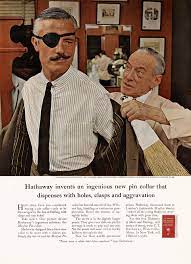
Images having a strong sense of story appeal. The aristocratic and story appeal of the Hathaway man were conveyed by the eye patch.
It was 1951.
Ellerton Jette, the president of a small-town Waterville, Maine shirt manufacturer wanted to make it a national brand, but he didn’t have a lot of cash.
He’d heard about David Ogilvy.
Jette believed that if he could get Ogilvy to work with him, he and his business, C.F. Hathaway, would be able to achieve the objective.
He met Ogilvy. “I have an advertising budget of only $30,000,” he told Ogilvy. “And I know that’s much less than you normally work with. But I believe you can make me into a big client of yours if you take on the job.”
Jette also made two promises. “If you do take on the job, Mr Ogilvy, I promise you this.”
“No matter how big my company gets, I will never fire you. And I will never change a word of your copy.”
He chose to give him what Ogilvy wanted. A client who granted him unlimited freedom in creativity was unheard of, a dream come true for a creative director. And the promise of a lifelong client would have been a great motivator for Ogilvy.
The promises both charmed and delighted Ogilvy. He agreed.
The Idea
Ogilvy ran through 18 concepts for the shirtmaker’s ad campaign before deciding on one.
His campaign idea didn’t seem particularly novel. The photo session was set to take place in a posh men’s tailor, and a worldly, distinguished-looking gentlemen model was chosen. Ernest Hemingway meets James Bond. Nothing noteworthy.
But there was one more twist in the final executions.
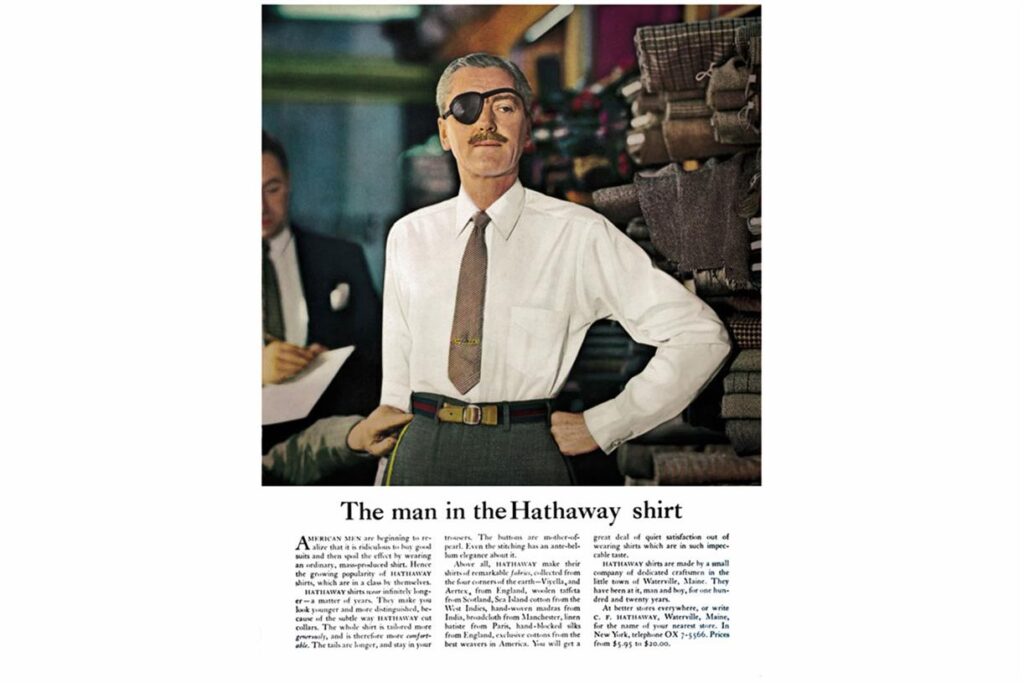
Ambassador Lewis Douglas had hurt his eye while fishing in England, and Ogilvy, a flamboyant dresser himself, got the inspiration to try an eye patch from a portrait he had seen of him. The patch, according to Ogilvy, might be both distinctive and help accentuate the idea of an aristocratic man with a colourful life.
So, on his way to the shoot, Ogilvy stopped at a five and dime store and bought a couple of $5 costume eye-patches. He was still unsure whether they would work when he arrived at the studio. He tossed an eye patch to the model fifteen minutes into the photoshoot. And told the photographer, saying: “Just shoot a couple of these to humour me. Then, I’ll go away and you can do the serious job.”
When the images arrived, though, and Ogilvy saw the ones with the model wearing the eye patch, he knew was onto something

Images having a strong sense of story appeal performed significantly better than average in terms of capturing attention. The aristocratic atmosphere and story appeal of the Hathaway man were conveyed by the eye patch.
To grab the reader’s attention and bring them in to find out who this strange man was, Ogilvy utilized the image of Baron Wrangell, the model with an eye patch. The headline “The man in the Hathaway shirt” fitted in with this intriguing strategy, but it doesn’t reveal anything at first glance, luring people in to read the ad.
When queried about the Hathaway account, Ogilvy replied that the eye-patch was used to transform the image from a “product photoshoot” to a “story”.
People looked at this man and had questions like:
Who is he? How did he lose that eye? Was he in the war? Is he a spy?
The first two Hathaway models had fascinating real-life backstories. Baron George Wrangell, the original model, was Russian nobility. Colin Leslie Fox, the second Hathaway model, was a London bookmaker who sailed around the world, alone aboard his 23-foot boat. Both are interesting, sophisticated, and capable men.
But despite the mystery, both men owned two functioning eyes.
The first insertion of “The Man in the Hathaway Shirt” campaign cost $3,176 and was published in The New Yorker.
It was an instant success.
The ‘Man in the Hathaway Shirt‘ became hugely successful and featured in dozens of advertisements until well into the 1980s. Hathaway grew to become the second-largest shirtmaker in the U.S.
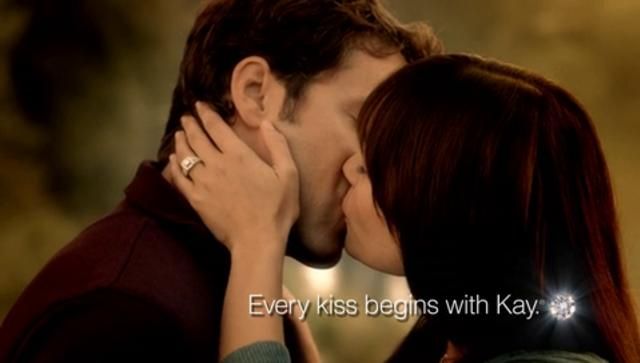

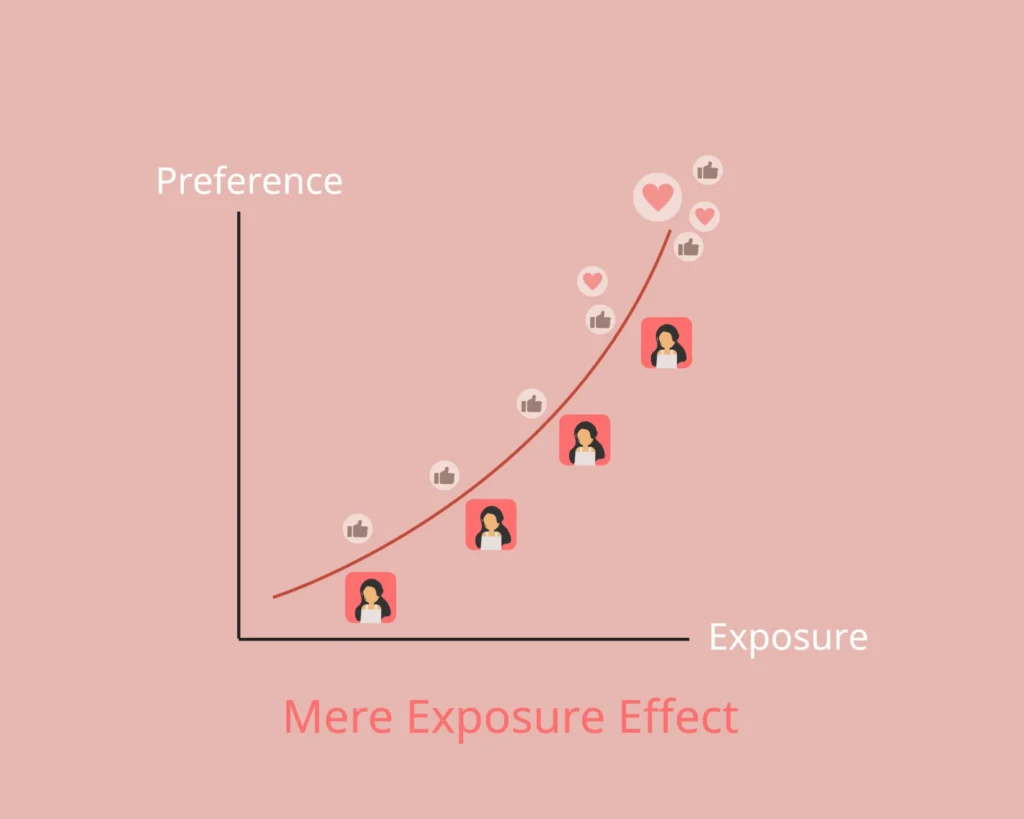
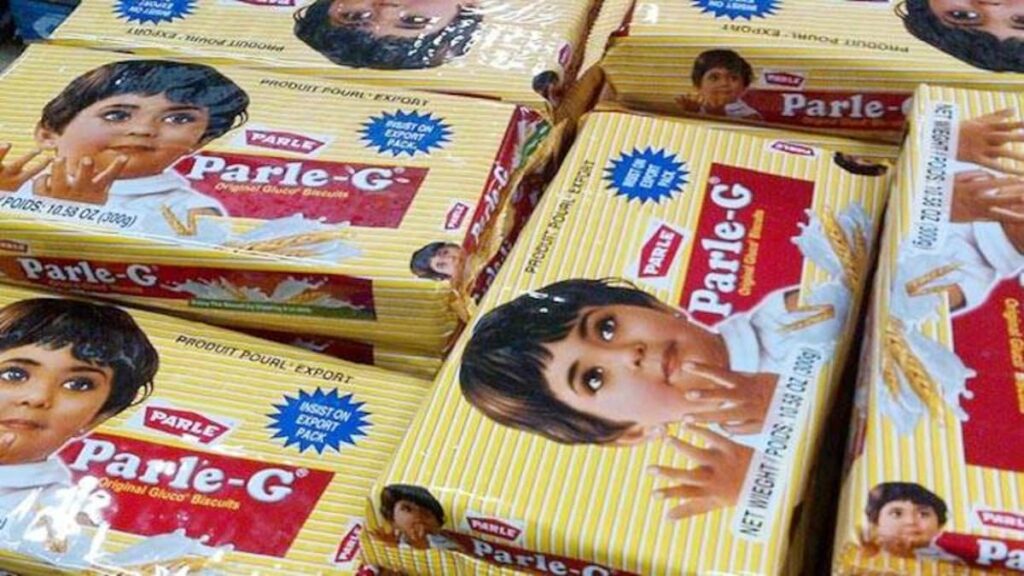
Hey there!
Just wanted to say how much I loved this article – I was researching this ad in relation to sea island cotton and it was super helpful hearing your thoughts and insights into the Hathaway shirt and marketing.
You might enjoy a few of my articles – I write about sea island cotton. I’d love if you checked it out. If you’re ever interested in writing anything together, please never hesitate to reach out!
Thanks,
Terea